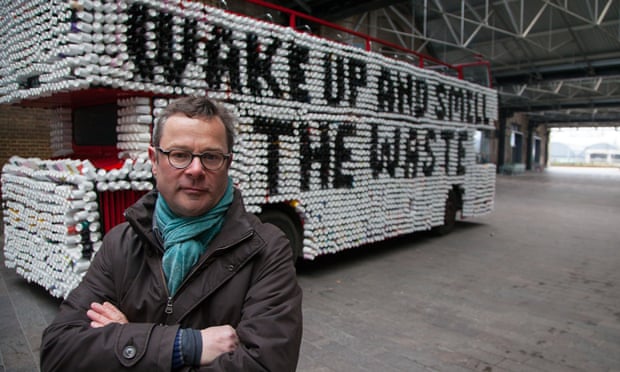The theme for our Spring/Summer 2017 collection is ‘Interests and Hobbies’ (music, sport, literature, dance, travel, etc.). This collection is about appealing to parents’ personal hobbies and interests and creating fun designs for them to enjoy with their babies. We’re looking for artists to create illustrations/paintings/drawings around our ‘Interests and Hobbies’ theme which can later be worked into repeat patterns for textile baby products such as blankets, bed linen, accessories, etc.
Almost all of our products are unisex so artists should consider this when choosing their ‘Interests and Hobbies’ subject matter. Our target audience are most likely to be affluent men and women aged 25-35 years and affluent women aged 55-65 years buying gifts for new parents.
They provided some illustrations which I imagine is the style they are looking for, however, I feel like I couldn't replicate this watercolour style digitally, but I am going to experiment with some different illustrations. Also they have mentioned that they are open to any technique so I may try my usual vector style.
Hints & Tips:
- We’re looking for art that communicates e.g. passion, emotion, nostalgia, movement
- We’re open to any technique, from watercolour to graffiti!
- We like work with lots of colour (too much black can make patterns harsh)
- Keep it simple – lots of detail makes it hard to work images on a smaller scale
- A nice clear/well defined outline is important (watercolour, fine liner, etc.)
- You might prefer to submit a single illustration or to set a scene/number of scenes with your work
(conversational pieces are well suited to the market)
- We’re trying to move away from the typical baby print (but please don’t forget that babies will be
using and enjoying these products with their parents)
- We’re looking for art that works for both baby boys and baby girls (unisex)
- As a brand, our focus is on creating quality products for our customers
















